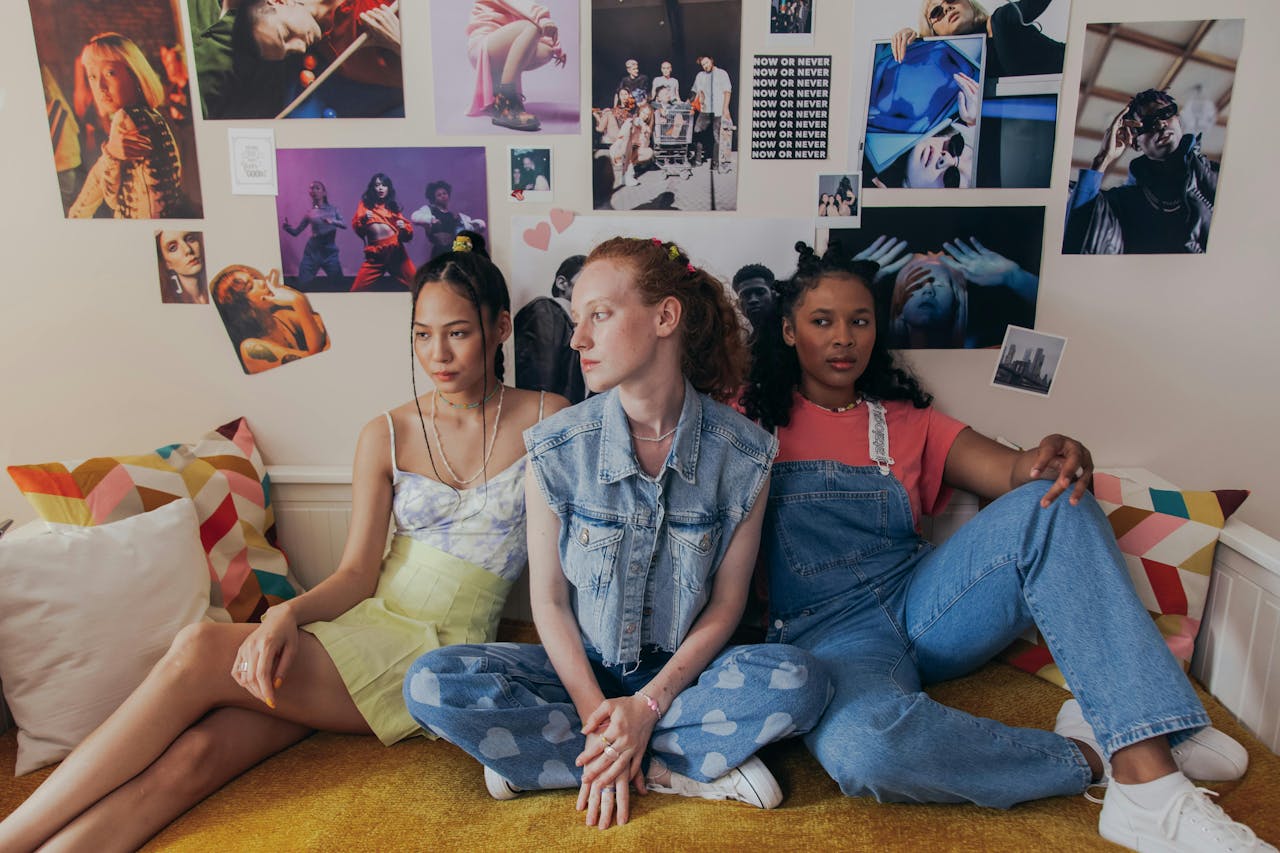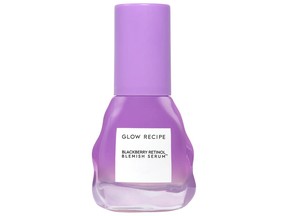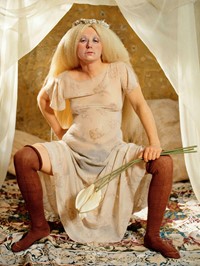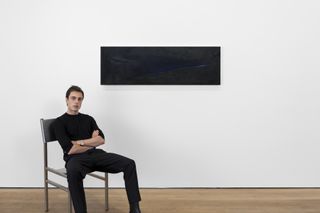
How to bring back a 90s or 00s brand without coming across all ‘dad-at-the-disco’
Champion, Clarks, Uggs and Kangol have all suddenly found themselves thrust back into the zeitgeist. As part of The Drum’s Fashion & Beauty focus, we ask how dormant brands should tap back into culture.
The very definition of a trend is something that is developing or changing, meaning it can be a big risk to invest budget or resource trying to tap into what could be a flash-in-the-pan. While Oasis might be back and Gen Z are sporting everything from spaghetti straps and bucket hats to cargo pants, brands that were iconic in the 90s and 00s don’t have a straight shot to regaining brand fame.
James Kirkham, founder of the agency Iconic, says it’s crucial that brands differentiate between a “transient TikTok trend” and what is a “cultural shift.” He explains: “A brand needs to understand if this a cultural shift that is going on and not a finite thing that is here today but gone tomorrow and that would be borderline irrelevant to mobilize against.”
If a trend looks as if it’s here for a substantial period of time, then it’s the marketer’s job to uncover what is driving it, he says. “Then, they can then understand their position in that wider cultural relevance and can better craft their own position and reevaluate how their own brand fits snugly into this new zeitgeist in a timeless manner, not in a dated manner.”
Powered by AI
Explore frequently asked questions
Once a brand has weighed up whether the opportunity is worth the time, investment and resource, there are two routes to go down, he says. “Either highlight those iconic elements from its heyday or elevate things that used to be synonymous with the brand and with its audience that will resonate but in a more refreshed way.”
To appeal to a modern audience, Kirkham urges brands to evolve their strategy and approach. “It is about how to act and speak in a way that is cool and not dad-at-the-disco-trying-to-be-down-with-the-kids,” he says. This is where a brand’s purpose or “absolute reason for being” should be called upon to speak to these new audiences.
Lessons from Adidas, Clarks and Juicy Couture
The success of Adidas in the past 12 months is a great example of how a brand can use its origin stories to bring in younger people, Kirkham says. Retelling the story of the three stripes or that Run DMC wore the original Superstars is just as important to the 40-year-olds remembering the history as it is for Gen Z to hear about now.
He adds: “They want to know the reasons for Adidas’s cultural currency. The knowledge that they drop with their mates bonds them and it gives them more reason to love a pair of Gazelles or a pair of Superstars. It gives them more reason for existing.”
Advertisement
Along with Adidas, Kirkham praised Clarks’ approach to the 90s revival. Having lost cultural relevance until the 90s trend brought its iconic Wallabee back into vogue, Clarks has turned the 90s trend into a long-term business transformation by digging back into its archives to find parts of its history younger audiences would identify with then moving that history on with new products and modern collaborators.
@jabaribanks 90’s style, but with a fresh remix @clarks #Torhill ♬ OTW Jabari – Jabari Banks
Clarks’ biggest product drop last year was the Torhill shoe, which its global chief marketing and digital officer, Tara McRae, previously told The Drum was inspired by the 90s. “For us working up the Torhill, it came out organically from the archives and then played really well into the 90s vibe.”
The shoe was launched on TikTok by Jabari Banks, who plays Will in Bel-Air, the reboot of the classic 90s sitcom The Fresh Prince of Bel-Air. Clarks also collaborated with 90s trending brand Eastpak for its Torhill collection.
“You’ve seen us play into it that and nod to that because it’s super trend relevant,” McRae said. Clarks has the authority to tap into the 90s trend because it is authentic to its heritage. “We won’t do anything that’s not authentic; we will not just jump into a trend because it’s there. If it’s not authentic to Clarks and it doesn’t fit our aesthetic and our brand DNA, we won’t do it.”
Advertisement
Deborah Marino, who is chief strategy officer at Publicis Luxe, makes an analogy between fashion and the weather. “It is a chaotic system where success is unpredictable but fairly coherent once settled. But, as a marketer, it doesn’t mean that you should come unprepared (and with no umbrella).”
She uses Juicy Couture, the iconic 00s velour tracksuit brand beloved by Paris Hilton and Nicole Richie, to sum up her argument. “After the frenzy of the 2000s and the Y2K fever, full of Ugg, celebrities in pink velvet and Balenciaga’s Motorcycle bag, the brand went silent. Marketers tried to wake it up twice: once in 2016, with a collaboration with Vêtement (too ironic) and then again in 2017 in a fiesta with Paris Hilton (too obvious) – almost burning the brand to make it shine.”
Suggested newsletters for you
Daily Briefing
Daily
Catch up on the most important stories of the day, curated by our editorial team.
Ads of the Week
Wednesday
See the best ads of the last week – all in one place.
The Drum Insider
Once a month
Learn how to pitch to our editors and get published on The Drum.
After these failures to break into the trend cycle, Juicy Couture was left out until Ronaldo’s wife, Georgina Rodriguez – who has 60 million followers and a style that was true to what made the brand famous in the 00s – brought the brand virality again. The lesson for marketers here, says Marino says, is: “Keep loyal to the tribe that has chosen you to embody their ‘Simple Life’ (shiny pop celebrities), stick to the media and touchpoints that brought you back, such as social media and paparazzi, and invest your first budget in a party and new designs to keep desirably niche.”


